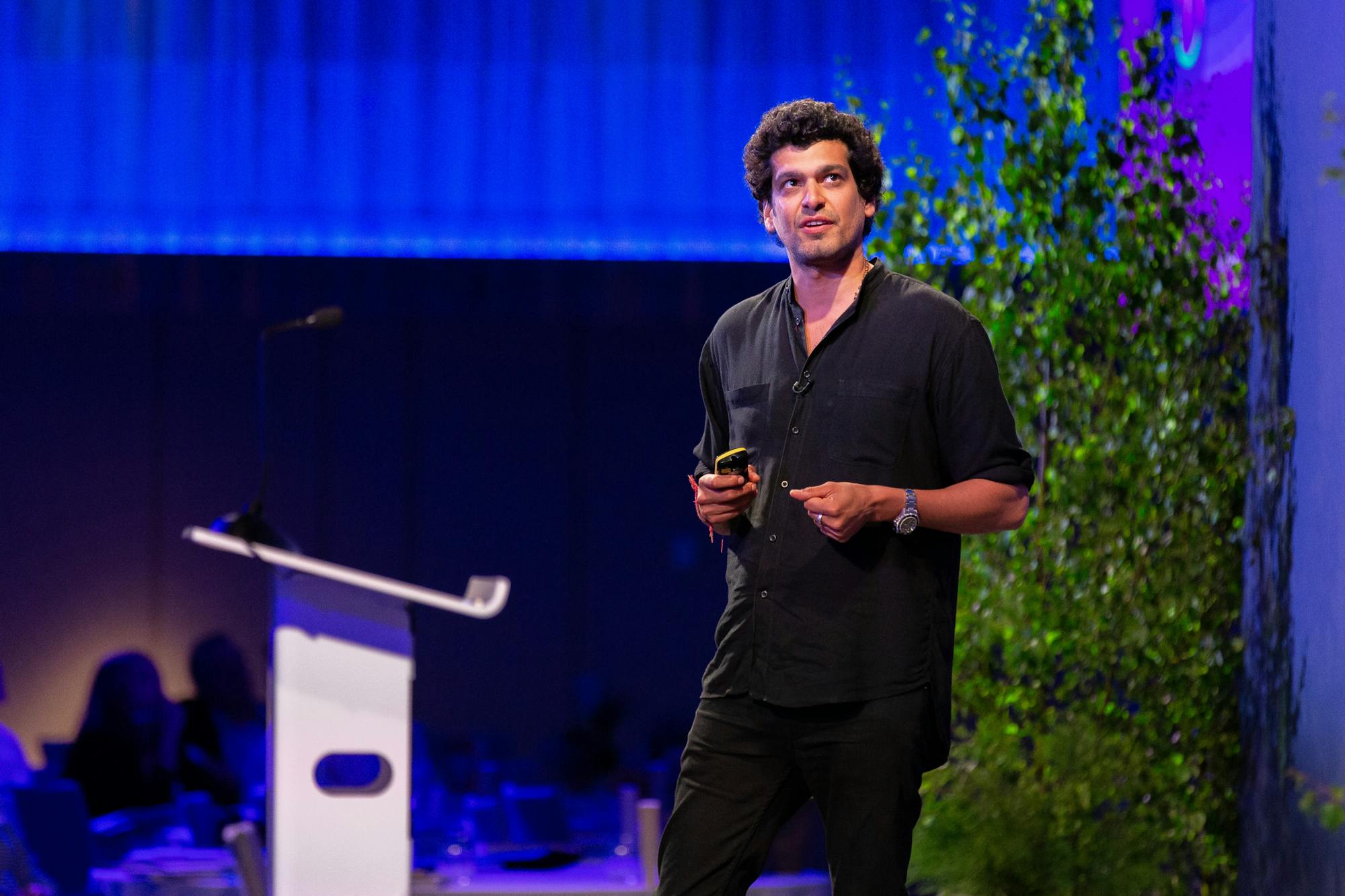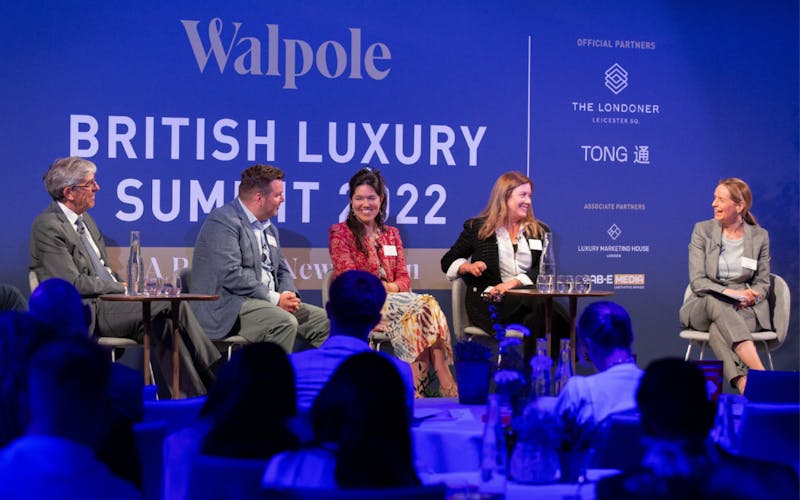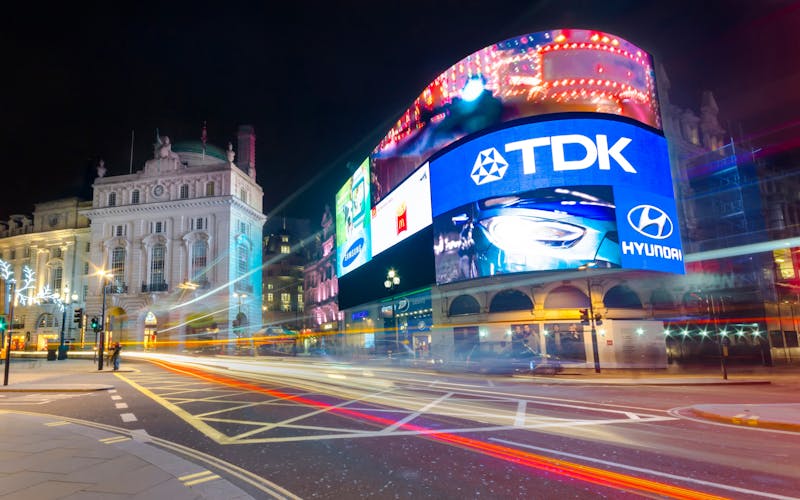

for Walpole members and
non-members available now
at The Londoner



From business models to branding, ideas of luxury are shifting rapidly. Keeping up with tech, anticipating sector developments and being part of cultural conversations are only a handful of essentials for luxury brands who wish to sustain the shifts.
Traditional luxury often orbits around three pillars: a creative central force (the likes of Virgil Abloh, Donatella Versace, Ettore Bugatti) complemented by overtly-monogrammed designs and advertising with spellbinding allure.
However, when returning to the roots of the word, luxury by definition encapsulates great comfort and convenience – two qualities many brands are needing to reconsider with the shifting landscape of consumer attitudes and changing design codes of luxury in order to remain relevant and achieve continued commercial success.
Here are the six shifts that luxury brands need to be aware of to stay ahead of the game.
Convenience is table stakes for all luxury brands. With the ‘uberisation’ and ‘whatsappification’ of the general population’s entire lifestyle, consumers want what they want now, if not five seconds ago. This leads to on-demand everything, and when we say everything, we mean it.
Advancements in AI tech and interfaces have seen intoxicating developments for the likes of concierge services for the digital age. Velocity Black, a reimagined members club boasting Gigi Hadid and Poppy Delavingne as part of their founding chapter, sells itself as “engineered for those looking to lead a limitless life.” Built on breakthrough technologies and a unique conversational interface, its services are available 24/7, 365 days a year with an average response time of 50 seconds from their in-app concierge. Paired with a powerful personalisation algorithm that recommends signature experiences to each member based on their preferences, that universal want for on-demand everything five seconds ago, just became ten.
Ownership and ‘success signalling’ will begin to move to subscription, broadening the market opportunity.
We’re seeing a huge uptake in subscription services, from designer clothes to hotel stays, they are transforming the concept of ‘ownership’.
Why have the stress or pressures of owning and upkeeping something, when you can have a monthly upgrade, regularly scheduled servicing or wear the latest designer dress without the cost? Even better, you don’t have the responsibility of the resale. Not to mention the sustainability credentials won through offering a circular economic solution that allows these consumers to shop responsibly without the extra effort.
More than just a relationship between consumer and brand, subscriptions cater to the cautiously conscious, spend-savvy consumer while offering entry into a shared community.
The world’s largest private member supercar club, operated by Auto Vivendi, offers members access to a collection of universally sought-after supercars for an annual fee, as well as invitations to members-only events, creating an exclusive network that elicits some serious envy from non-subscribers.
The idea of a brand as a ‘logo’ has shifted to a set of shared beliefs and ideals. ‘Blanding’ is a result of the ‘design of the inside’ becoming more important than the outside. Over the past few years, we have seen a turn from branding to ‘blanding’ with iconic logos simplified and emblems forgone in favour of sleeker, relatively-interchangeable design codes.
Alongside this shift, the reputation for genuine quality goods or services has become far more important than overt labels. Being fit-for-purpose, durable and detail-centric is now key to winning over customer’s hearts and defining a brand’s sentiment. Termed ‘quiet luxury’, this trend is overtaking social media’s logomania and Y2K obsession, emphasising the new age philosophy that “money talks, wealth whispers.”
Conspicuous consumption is falling out of favour, with many edging away from the status signalling associated with loud luxury brands and instead opting for simpler, sustainable concepts like Stella McCartney’s vegan garment collection, the first to be made from lab-grown 'Mylo' mushroom leather.
Brands championing quality materials and ethical processes before instantly recognisable monograms will not only position themselves as torchbearers of a more conscious age, but powerfully radiate a confidence only associated with timeless brands that don’t need to rely on overt, long-established logos.
Those who carry influence are expected to have a perspective on the world, or are held to account. Once a world of celebrated exclusivity and far-fetched aspiration, luxury has started to find new heroes – frequently from quirky, niche grassroot communities that celebrate distinctive interests. Take Francis Bourgeois: an endearing 21-year-old who has gathered a huge digital following thorough his trainspotting videos, becoming the star of The North Face’s recent collaboration with Gucci.
The ability to tap into these audiences, making the uncool cool, is garnering worldwide attention and glory in popular discourse – a far cry from the elusive, often slightly cryptic or elitist, adverts of yesteryear. Brands are celebrated for being a bit tongue-in-cheek and playful, whilst lightening up a traditionally serious, standoffish comms style.
The shareability and relatable nature that is woven into these forms of meme marketing is what makes them so appealing to audiences; humourous takes and witty remarks make couture fashion accessible for everyone and, in return, brands who utilise this tool will unlock access to the masses with viral campaigns.
As both arbiters of taste and mirrors of society, brands are increasingly required to take a stance on socio-political matters. The brands people choose to wear represent far more than their style; they are echoes of their ideological and political beliefs. As a result, brands are being held accountable by their customers across a global stage, now expected to show a dedicated commitment to making the world a better place, both internally in brand values and their outward actions.
So take note: silence on matters that matter to your audience is truly deafening.
Future audiences will find their status in Metaversal domains. Gaming will inspire active participation, and brands need to become a part of that story. Believe it or not, gaming will soon become the world’s largest media category (ahead of linear TV, on d-emand entertainment, film and music) at $336 billion dollars.
With emerging economies an integral driver for this surge in popularity, gaming offers an escape in otherworldly experiences to individuals with a penchant for progress, futurism and autonomy. Gaming will heavily influence customer expectations of what experiences they are looking for from the brands they engage with as well as what they are willing to pay for. All brands need to consider what the gaming world means for them and how they should adopt this medium to reach new and emerging audiences. How can you gamify your USP?
This plays into the phenomenon of the ‘earn mindset’ which many gamers have adopted. Individuals want to be rewarded for their participation and loyalty with unique gifts, tokens or digital goods for their time and effort spent online. By reaching new levels, they are able to unlock different digital items or capabilities to signify their status within the game.
This will be especially relevant within the ‘Avatar’ space, with players taking pride in dressing or accessorising their digital twin to be a creative reflection of themselves – whether that be outlandish takes on catwalk couture or quite literally mirroring one’s sense of style in real life.
Fashion brands will need to be present on this burgeoning platform, offering cyber equivalents of their outfits and accessories to remain relevant while flaming hype for both the originals and their digital duplicates. As seen on The Dematerialised, a marketing platform for inoperable NFTs with hybrid products for customers to use in real life and digital worlds, these kinds of purchases will provide both virtual and physical value, carrying influence in both spaces on what’s in style’ and what isn’t.
Excitingly, we are seeing design inspiration being drawn from science fiction books and films, reimagining the future of tomorrow. With new cities being reconceptualised in the likeness of Star Wars or virtual worlds, we are rethinking what our environment could look like to drive efficiency, productivity and social dynamics – a tall order for placemakers globally to better fit the 21st century and our hybrid lifestyles.
Brands are striving to realise the innovation and out-of-this-world inventions once dreamed up by authors, filmmakers and visionaries through science and technology. In comparison to unknown and unrealised futures, a focus on history and heritage can fall a little flat.
Ideas of intergalactic utopias are beginning to impact the design we see in the real world – drawing digital and gaming experiences closer than ever before. The Metaverse is a place for experimentation and reimagination of what the world could look like; an opportunity to drive transformation and art.
With the Metaverse as their canvas and a focus on future over heritage, brands are able to create the most fantastical iteration of their product or service – allowing them to defy gravity, forget practicalities, and ask what the wildest expression of their brand would look like in the Metaverse? In these kinds of spaces, the potential for autonomy is endless.





